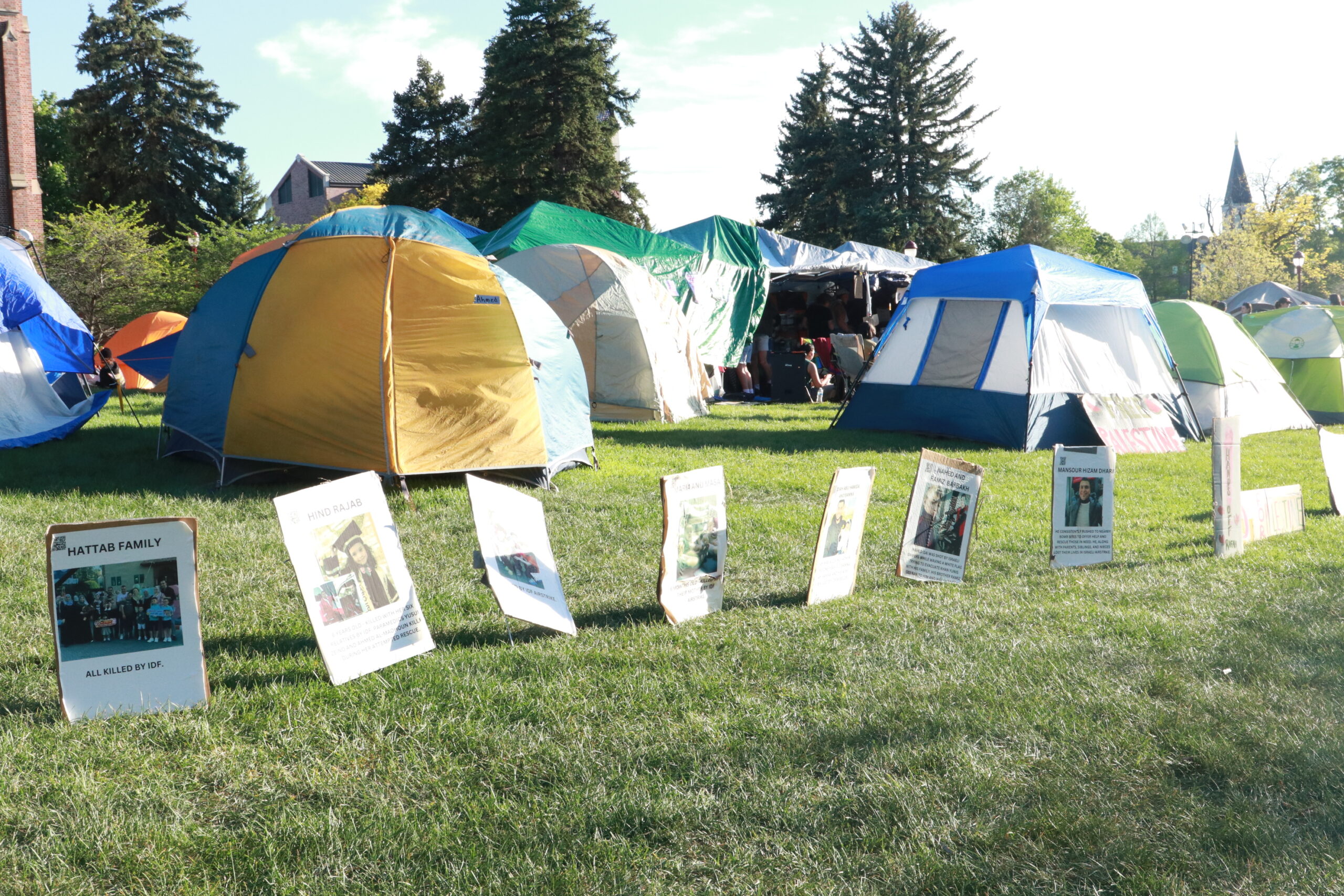Drilling will commence in ANWR. The Energy Policy of 2005 (HR6) passed the house on April 21, 2005 249 to 183. Included in the bipartisan bill is a provision to open a portion of the Coastal Plain of ANWR (Artic National Wildlife Refuge) to responsible energy development. This is the fifth time in four years that thee US House of Representatives has passed comprehensive energy legislation aimed at making the United States more energy self-sufficient. The bill spends capital at home to produce energy, create jobs, and lessen our dependence on foreign sources of oil. By focusing on domestic production and using American ingenuity to foster responsible oil development as well as alternative energies, the Energy Policy Act creates nearly 1 million jobs. ANWR development alone will create more than 736,000 jobs.A recent survey showed that four out of five Alaskans, including the local residents of Katovik, the only settlement in the Coastal Plain of ANWR. Alaska’s indigenous people have benefited greatly from North Slope oil production, starting with the Prudhoe Bay oil fields which now produce two million barrels of oil a day.The Inupiat tribe who mainly live in and around the Coastal Plain, have recently shown their support for the proposed drilling because of its job creation, and the increase of wildlife.Despite claims by environmentalists, what I like to call pinecone eaters, wildlife, and caribou herds in particular, will not be affected by the small drilling presence.In Prudhoe Bay, despite opposite claims by environmentalist groups, wildlife numbers increased three fold in and around the drilling sites and all along the Trans-Alaskan pipeline.The construction and drilling ousted a parasite that was diminishing the herds of muskoxen, caribou, and other animals.Despite these lies, the real reason for drilling in ANWR is to decrease United States dependency on foreign oil, and finally lower prices at the pump.As domestic oil production continued its decline, the U.S. imported 58% of its petroleum needs in 2004. These oil imports cost more than $150 billion and robbed tens of thousands of steady, high-paying jobs from American workers.Today’s domestic oil comes from approximately 150,000 wells scattered throughout the country that produce a mere fifteen barrels a day. The Trans-Alaskan pipeline produces two million a day.The Arctic National Wildlife Refuge could produce almost three times that figure. From Iraq alone, 700,000 to 1.2 million barrels a day are offloaded at US ports. More than 20,000 supertankers (most of them single hulled) carry this load. However, two of the United States’ main oil sources are Mexico and Venezuela where the numbers are even larger.Foreign oil is produced and shipped under less strict environmental standards. Alaskan oil fields, and the required double-hulled tankers that ship the oil, are the cleanest in the world, second to none.Eighty-eight percent of the energy for America’s transportation, industry, government and residential needs comes from oil, gas and coal. No combination of conservation, technology or alternatives can come close to replacing these fossil fuels. It will take years for research, testing, permitting, construction, and distribution systems for replacement alternatives to be realized. When alternative energy sources become practical and economical, Americans will use them. Until then, fossil fuels must be relied upon.The American people need to realize the ignorance and propaganda about ANWR being spread to them. The truth is what has just been said. There is no danger to wildlife or people, and oil companies on the Alaskan frontier hold themselves to the highest standard. Dependency on foreign oil needs to stop now, we need to get our hands off of the trees we’re hugging, stop chewing on pinecones, and fuel the American economy and its people by way of the Alaskan frontier.That is all recruits. Dismissed.











